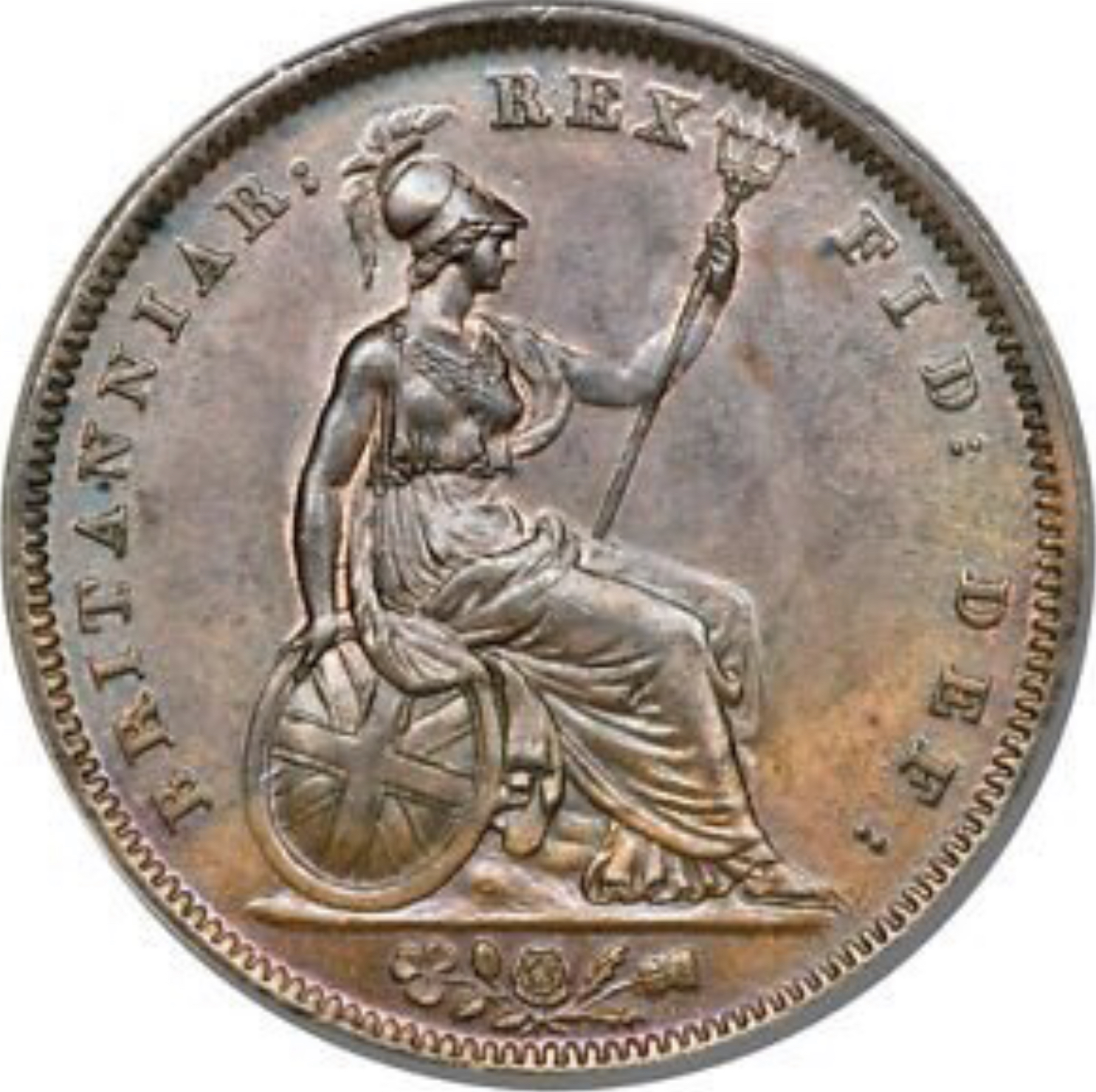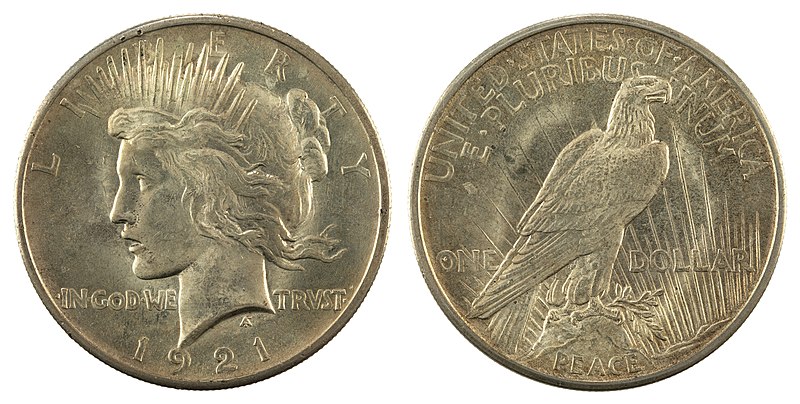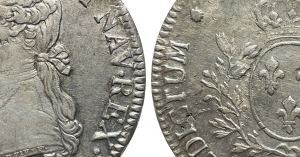Silver Peace Dollar Shop Value 1921-1935
Summary
- The Silver Peace Dollar was minted from 1921 to 1935 as a result of the Pittman Act, which aimed to restore the country's silver reserves after World War I.
- The coin was designed by Anthony de Francisci and features Lady Liberty on the obverse and a bald eagle on the reverse, symbolizing peace and freedom.
- Variations of the Silver Peace Dollar include high relief and normal relief, with notable mintage years including 1921, 1922-1935, and the key date of 1928.
- The value of a Silver Peace Dollar is determined by factors such as its silver content, condition, rarity, and demand, and it's important to identify mint marks and features when evaluating its value.
Welcome to the world of the Silver Peace Dollar, a captivating coin that takes us back to the era of tranquility and hope. In this article, we dive into the fascinating journey of these remarkable coins, exploring their historic significance and uncovering their shop values from 1921 to 1935. Join us on this numismatic adventure as we discover the hidden treasures and stories behind the Silver Peace Dollar.

Historical Background and Legislation

The Silver Peace Dollar holds immense historical significance in the United States. It was minted from 1921 to 1935 as a result of the Pittman Act, which aimed to restore the country's silver reserves after World War I. Designed by Anthony de Francisci, the coin features Lady Liberty on the obverse and a majestic bald eagle on the reverse. The legislation also mandated that the coin be composed of 90% silver and 10% copper, with a weight of 26.73 grams. The Philadelphia Mint produced the majority of these coins, although the Denver Mint also played a role. Today, these coins are highly sought after by collectors and investors alike due to their historical significance and precious metal content.
(Source: The Numismatist)
The Design Process and Influences
The design process for the Silver Peace Dollar (1921-1935) was influenced by various factors. Renowned sculptor Anthony de Francisci was chosen to create the design for the coin, which was commissioned as a commemoration of peace after World War I. The obverse of the coin features the profile of Lady Liberty, wearing a crown of rays and an olive branch, symbolizing peace. The reverse depicts a majestic bald eagle perched on a rock, with the inscription "Peace" below. The design was carefully crafted to embody the ideals of peace and freedom.
The Silver Peace Dollar holds both historical significance and value as a precious metal investment.

Variations and Notable Mintage Years
| Variations | Notable Mintage Years |
|---|---|
| High Relief | 1921 |
| Normal Relief | 1922-1935 |
| Key Date | 1928 |
| Proof Issues | None |
| Rare Varieties | 1921-D, 1921-S |
The 1964-D and Modern Commemoratives

The 1964-D and modern commemorative coins are valuable additions to any silver dollar collection. These coins were minted by the United States Mint and hold great historical significance. The 1964-D coin is particularly sought after due to its scarcity and connection to the end of the silver dollar era. Modern commemorative coins, on the other hand, celebrate important events and people in American history.
They can be a great investment opportunity for collectors. Whether you are a seasoned numismatist or a beginner, these coins are worth considering for their beauty and value.
Silver Content and Valuation Factors
When determining the value of a Silver Peace Dollar from 1921-1935, it's important to consider the silver content and other key factors. The silver content of these coins is significant, with each containing 0. 7734 troy ounces of silver. This makes them desirable among collectors and investors alike. Additionally, factors such as the coin's condition, rarity, and demand can also impact its value.
It's worth noting that the Silver Peace Dollar was minted by the United States Mint and designed by renowned sculptor Anthony de Francisci. To accurately assess the value of these coins, it's recommended to consult reputable sources such as the American Numismatic Association or trusted coin dealers.
Identifying Mint Marks and Features

When evaluating the value of a Silver Peace Dollar from 1921-1935, it's important to identify the mint marks and features. Mint marks indicate where the coin was produced and can affect its rarity and value. Look for the mint mark on the reverse side, below the word "ONE" on the left side of the olive branch. The most common mint marks are "D" for Denver and "S" for San Francisco. The absence of a mint mark indicates that the coin was minted in Philadelphia.
Additionally, pay attention to the coin's condition, as well as any unique features or errors that may increase its value.
Collectibility and Grade Considerations

When determining the shop value of a Silver Peace Dollar from 1921-1935, there are a few important considerations to keep in mind. Collectibility plays a significant role in determining the value of a coin, with rare years or mint marks often commanding higher prices. Additionally, the grade of the coin is crucial in determining its value. Grades range from poor to perfect, with higher grades generally being more desirable. It's important to note that the value of a Silver Peace Dollar can fluctuate based on the current silver market. For more information on collecting and grading coins, resources such as the American Numismatic Association and The Numismatist can be helpful.
Gold IRA: Should You Open One To Save For Retirement?


